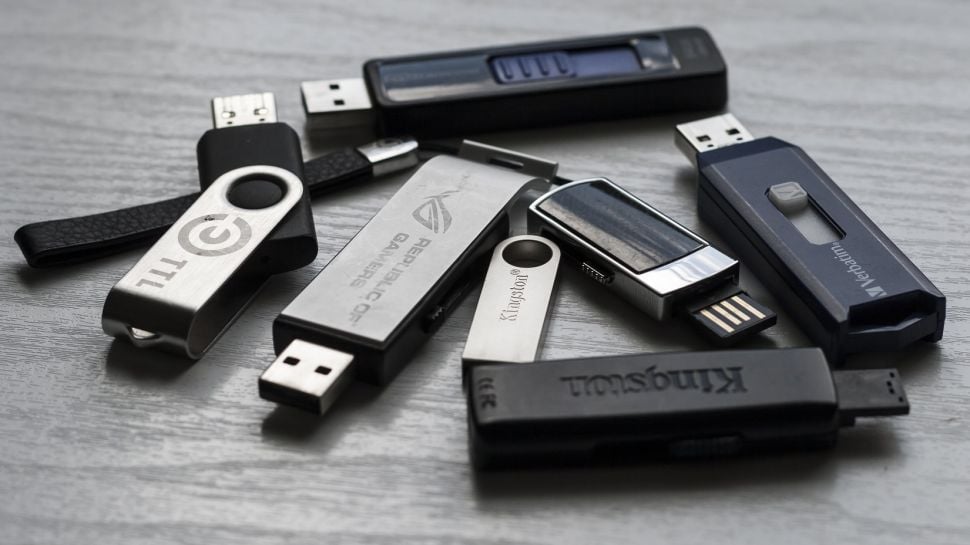Pure Storage, an all-flash storage device supplier, expects the capacity of its proprietary direct flash module (DFM) solid-state drives to increase sixfold in the next few years, reaching 300TB. The company anticipates that advancements in 3D NAND areal density, driven by increased layer count and other factors, will enable such a dramatic capacity increase. SSDs for client PCs are expected to gain capacity as well, though not as dramatically.
Pure Storage’s DirectFlash Module (DFM) drives are only compatible with the company’s FlashArray and FlashBlade storage systems. DFMs look like ruler form-factor SSDs and even use standard U.2 NVMe connectivity, but they are only intended for specific machines. The modules employ enterprise-grade SSD controllers with fully customised firmware, as well as 3D TLC or 3D QLC NAND memory devices, though it is unclear whether the company employs custom packaging to increase the capacity of its flash chips.
There are several ways by which Pure Storage can increase its DFM capacity by six times in three years, but it will not be easy.

The most obvious method is to use more advanced 3D NAND ICs. The company currently uses 3D NAND devices with 112 to 160 layers, but Pure predicts that the number of active layers will increase to 400 to 500 in the next five years, increasing the capacity of 3D NAND ICs.
Every two years, 3D NAND manufacturers release new generations of their devices (i.e., increase the number of active layers). Manufacturers plan to ramp up production of 200-layer 3D NAND this year, so expect 300-layer 3D NAND in 2025 and 400-layer 3D NAND in 2027. To significantly increase DFM capacity by 2026 or earlier, Pure Storage will need to rely on more than just an increase in the number of active layers.
Pure Storage’s plans to increase the capacity of its DFM drives six times in three years may appear ambitious. Meanwhile, 3D NAND flash and memory packaging technologies are rapidly evolving, and we wouldn’t be surprised if Pure’s DFM-based storage systems outperform storage systems that use HAMR hard drives in a few years.
Also Read:








